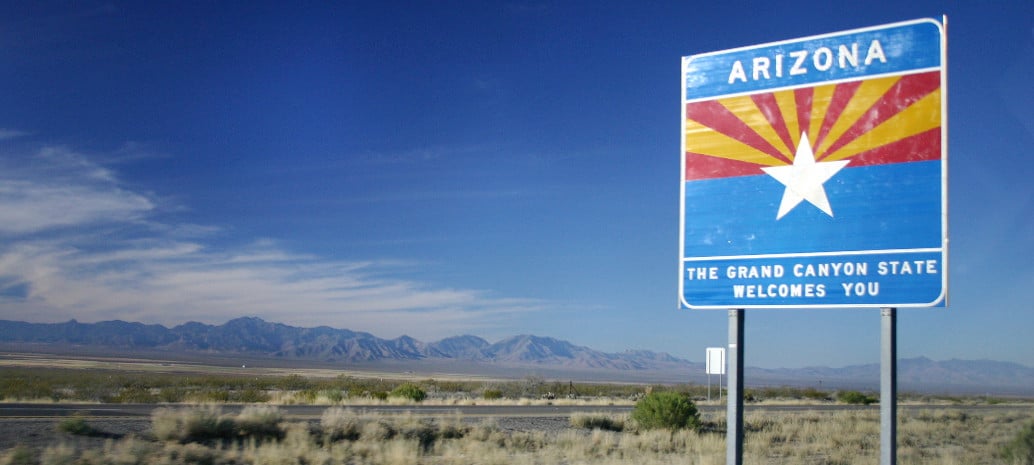The decisions finalized on Tuesday afternoon at the Arizona Corporation Commission (ACC) on the rate cases of Tucson Electric Power (TEP) and UNS Electric (UNSE) were nothing if not complex, and to some degree contradictory. Much of the initial coverage of the ruling – which largely confirmed an April recommendation by an administrative law judge – focused on the rejection of a grid access fee. However, that was only part of a series of policy changes that will have far-reaching consequences for Arizona’s rooftop solar market.
Glossed over in much of the coverage to date has been that this ruling implemented a move that has been several years in the making from net metering to value of solar compensation for new owners of behind-the-meter PV systems in the service areas of TEP and UNSE.
The value of solar methodology was issued last October, but the combined TEP/UNSE case shows regulators taking a substantial amount of liberty in the final form of the policy. One significant detail between the final value of solar that has been implemented in the service area of utility Arizona Public Service and this ruling is that the ACC declined to offer a value for deferred transmission and distribution investments, which advocates note are part of the methodology.
That being said, these set of rates that have been approved are not the end of the world for solar. New customers in TEP’s service area are being given an export credit rate of 9.64 cents per kilowatt-hour, whereas UNSE customers will receive 11.5 cents, which is actually above the company’s retail rate for residential customers.
This export credit will be calculated on an instantaneous basis. While customers can still self-consume, any generation in excess of demand will be subject to the credit.
Devil in the details
While the numbers provided here are not a substantial change from retail rates, there is a lot to be concerned about the ACC’s interpretation of the Value of Solar concept. This includes how compensation rates are calculated, which is through a process called resource comparison proxy (RCP), where utilities provide the values that they paid for utility-scale solar as the basis for compensation for customer-sited rooftop solar. Because these rates are backwards looking, taking the average of solar power contracts for the previous five years, the value came out relatively high this time.
But that won’t necessarily be that way in the future, and there is also the concern that utilities are being allowed to treat utility-scale solar costs as a basis for rooftop solar compensation – in this case without any credit for the unique benefits that distributed generation provides.
“Vote Solar does not consider that the RCP process is a good model for other state to follow,” Briana Kobor, regulatory director at Vote Solar, told pv magazine.
Equally concerning is that these rates will only last for ten years. “The commission has provided no ability for a customer to know what the value of their investment is going to be on year 11,” explains Kobor. “That big question mark over more than half the lifetime of their investment creates significant uncertainty.”
Discriminatory fixed charge shot down
But while the ACC has been busy warping the value of solar concept to fit disingenuous utility claims that distributed generation offers no benefits beyond the energy delivered, in the same ruling the body sided against utility claims that it had to recover money from customers who adopt solar due to a “cost shift”.
The ACC shot down a discriminatory Grid Access Charge, ruling that this cost would over-recover costs from solar customers. It also rejected utility attempts to greatly increase a monthly Meter Fee, instead keeping this charge at $2.22/month for new residential customers and $0.90/month for commercial customers.
These were hailed by solar advocates. “While today’s decision by the Commission is a missed opportunity for the state to lead, we commend the decision to avoid further penalizing solar customers with additional fees,” notes Vote Solar’s Kobor.
This ruling affects only around 510,000 utility customers, but as is often the case such rulings can have an influence well beyond the service areas of the utilities participating. Both Vote Solar and utility groups like the Edison Electric Institute are playing the long game, and as such decision like this can be seen as chess moves on a national playing field.
In particular, Vote Solar notes that the ruling rejecting the Grid Access Fee could be meaningful as a basis for other decisions. “The commission showed a lot of leadership on how those studies should be implemented going forward,” notes Vote Solar’s Kobor.
This content is protected by copyright and may not be reused. If you want to cooperate with us and would like to reuse some of our content, please contact: editors@pv-magazine.com.









By submitting this form you agree to pv magazine using your data for the purposes of publishing your comment.
Your personal data will only be disclosed or otherwise transmitted to third parties for the purposes of spam filtering or if this is necessary for technical maintenance of the website. Any other transfer to third parties will not take place unless this is justified on the basis of applicable data protection regulations or if pv magazine is legally obliged to do so.
You may revoke this consent at any time with effect for the future, in which case your personal data will be deleted immediately. Otherwise, your data will be deleted if pv magazine has processed your request or the purpose of data storage is fulfilled.
Further information on data privacy can be found in our Data Protection Policy.